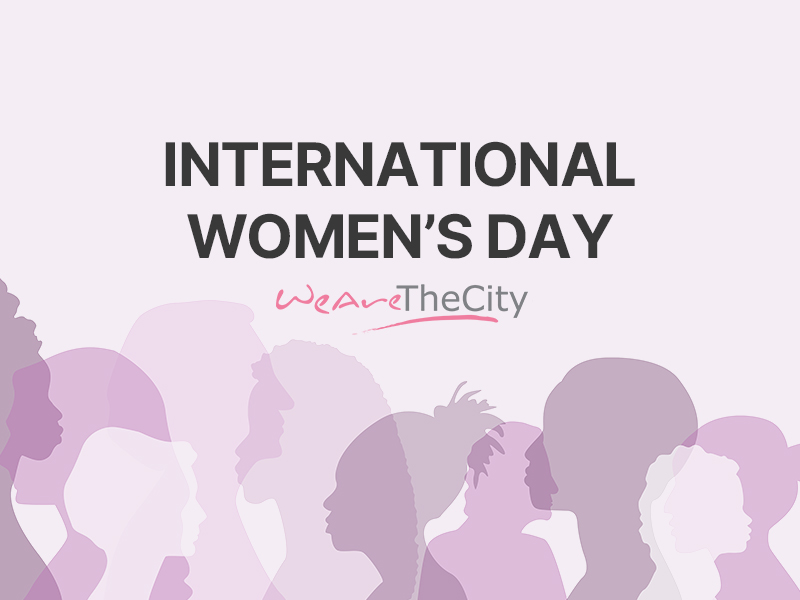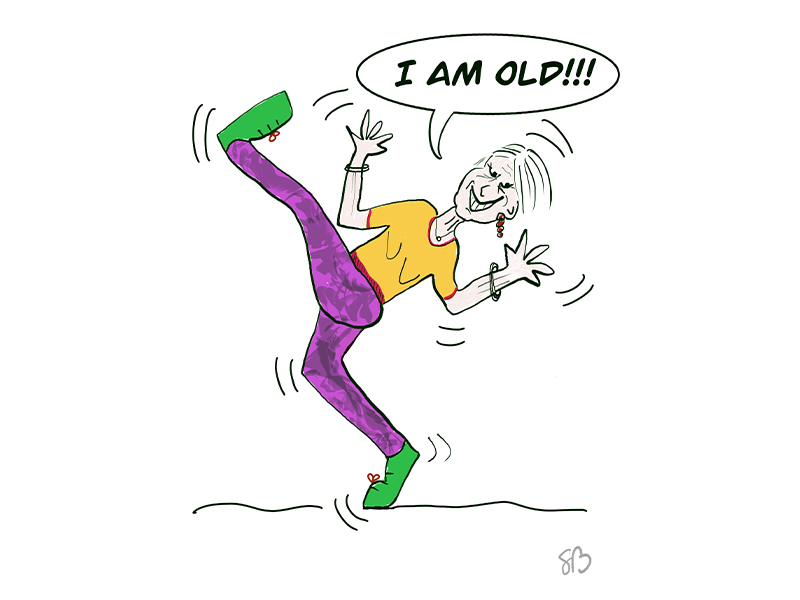 When Avado decided to conduct research into the learning people have undertaken since lockdowns began, we were curious to know what kinds of courses people had been investing in, and how those courses were funded.
When Avado decided to conduct research into the learning people have undertaken since lockdowns began, we were curious to know what kinds of courses people had been investing in, and how those courses were funded.
What we learnt was that huge numbers of people had been enthusiastically undertaking all kinds of learning and development, usually under their own initiative, in order to progress in their careers.
However, it was clear from our data that not everyone had been participating in learning in the same way. Female respondents were 15% more likely to have taken a free course than their male counterparts. Employers were 8% more likely to fund men, and even when they did pay for women’s learning, they spent 10% more on men than on women. Women also spent less on themselves when paying for their own learning. On both counts, women lost out by about £100 in real terms.
A number of complex factors are likely to lie behind this, but foremost among them is surely the gender pay gap. Women earn less than men on average due to a combination of being more likely to work in poorly paid sectors, greater caring responsibilities, and discriminatory pay practices. This means women have less to spend on courses to develop their careers—which may create a cyclical scenario, where women receive less high-quality learning, and as such are less likely to progress, leaving them still further behind on pay.
Working in less well-paid sectors may also mean that women’s employers have less to spend on their progression. Sectors traditionally employing more women such as hospitality and beauty have also been particularly hard hit by the pandemic, and women have been more likely to be put on furlough or be made redundant. Additional burdens such as home schooling have largely divided gender lines too. If you add to these discriminatory attitudes amongst senior leaders, who may see women as less fit for senior or high-paying roles (and therefore less in need of development to fill those roles), then it’s easy to see how this gap could emerge.
It’s crucial to note that the discrepancy here was not in women’s willingness to upskill—they have taken just as many courses as men—but it’s the financial backing behind them. Given that one-third of those we surveyed had used their learning to secure a new job or promotion, the implications for women’s careers long term are clear. Even over the relatively short timescale of the research, it seems investment may have made a difference: female respondents in our research were less likely to have secured a new job or promotion from their learning. So, how can we tackle this gender investment gap?
There are no easy solutions—changing attitudes will be vital to everything from encouraging both men and women into new sectors, and in enabling women to reach the senior levels of organisations. Education at all levels has a very significant role to play, challenging pre-conceptions and facilitating career shifts. In the meantime, we need to make sure that women are not penalised for their working patterns, which are often structured around unpaid caring responsibilities. Making sure learning is flexible and accessible will be central to this, in addition to ensuring better access for people with other needs, for instance disability.
We also need to emphasise, both to employers and learners, the benefit of high-quality, accredited courses. Our research revealed that many of those who had undertaken learning couldn’t recognise what most experts would single out as vital elements of learning design—connectedness with other learners and group learning activities, whilst 2/3 said they didn’t consider the reputation of the provider important. If little emphasis is put on these elements, employers may be encouraging learners to take courses which are in fact of little benefit, to everyone’s ultimate disadvantage.
The theme of this International Women’s Day is ‘Choose to Challenge’, which is a stark reminder of our own accountability. Whether as educators, senior team members, or as part of a wider business, we all need to keep an eye out for these kinds of gender discrepancy and do what we can to rectify them. Together, we can effect change, making sure opportunity and education are open to all.
 About the author
About the author
Amy is the Chief Operating Officer of Avado. She is responsible for the design and development of Avado’s product portfolio and the delivery of high-quality learning experiences, ensuring that Avado achieves learning outcomes and business impact for its clients and learners. Amy has been with the business for over 8 years, having joined the leadership team just after Blenheim Chalcot acquired the business in 2011. Prior to Avado, Amy worked in mass participation sporting events, with a focus on product development and large scale, international operations management.
WeAreTheCity covers the latest female centric news stories from around the world, focusing on women in business, careers and current affairs. You can find all the latest gender news here.
Don’t forget, you can also follow us via our social media channels for the latest up-to-date gender news. Click to follow us on Twitter, Facebook, Instagram, and YouTube.








